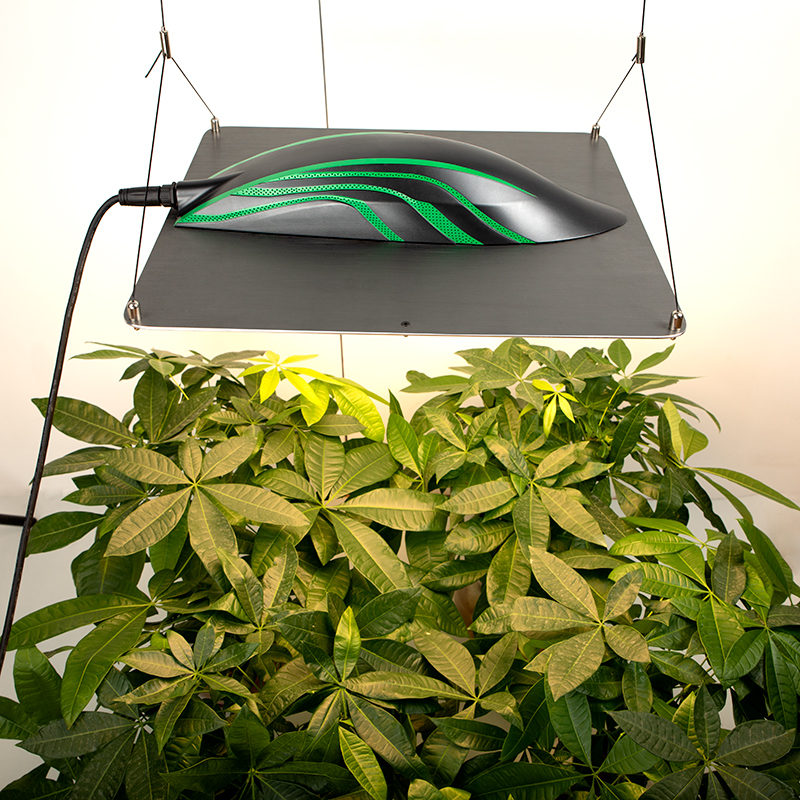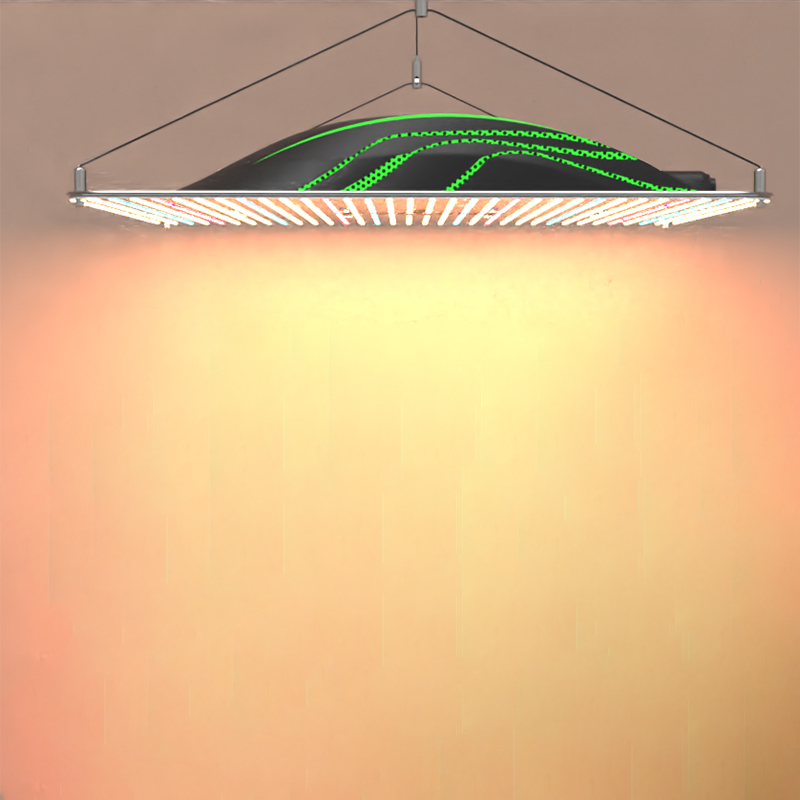In recent years, with the widespread adoption of digital security technologies, storage solutions within the security industry have transitioned from being a peripheral component of surveillance systems to becoming a central element. As monitoring systems become more centralized, the role and proportion of storage equipment have significantly increased. However, the unstandardized nature of the security market has led to a wide variety of storage features and solutions tailored for different surveillance environments. This diversity is reminiscent of the IT sector, where SAN or NAS storage are commonly used in file-sharing scenarios. In essence, the security storage landscape resembles a vibrant flower show, with each product vying for attention and dominance.
Currently, several storage technologies are widely used in the surveillance market:
1. **DVR Storage**: DVR (Digital Video Recorder) storage remains the most common method today. It involves direct connection between the codec device and the hard drive, typically supporting up to 8 drives. However, due to performance limitations, these devices usually use sequential writing without RAID protection, increasing the risk of data loss if a single drive fails. With larger hard drives now available, this risk is growing. Additionally, the limited capabilities of DVRs hinder efficient data sharing and analysis. Despite its shortcomings, DVRs are cost-effective, user-friendly, and ideal for small-scale, distributed setups. Companies like Hikvision and Dahua have matured their DVR products over time.
2. **Encoder-Connected Storage**: Some systems connect external storage directly to the encoder via interfaces such as SATA, USB, iSCSI, or NAS. This allows for greater scalability and improved reliability through RAID technology. However, SATA/USB connections lack sharing capabilities and are less expandable, making them less popular today. IP-based methods like iSCSI and NAS offer better scalability and data sharing, though they may introduce bottlenecks during streaming. For example, Inspur's network storage solutions can directly write video data to major encoder brands, reducing server reliance and improving performance.
3. **Centralized Storage**: In this model, servers connect to front-end encoders, download data using streaming protocols, and store it on dedicated storage devices. Connections can be made through SAS, iSCSI, NAS, or FC protocols. Centralized storage is well-suited for large and medium-sized platforms. Among these, iSCSI and FC are highly scalable and manageable, making them the most widely adopted today. FC storage excels in environments with many nodes due to its high performance, while IP storage offers good cost-performance for smaller applications.
4. **NVR Storage**: NVR (Network Video Recorder) is an advanced upgrade over traditional DVRs. It operates independently, eliminating the need for Windows or a computer. NVRs use integrated chips for digital recording, storage, and playback, offering higher resolution, clearer images, and easier operation. They digitize video, audio, and control signals, transmitting them over IP networks. While NVRs benefit from faster processing and better image quality, they still face challenges in managing networked video streams and integrating into larger, more complex systems.
Despite the various options available, each plays a unique role in specific applications. The future of surveillance storage will depend on evolving needs, including massive data storage, high performance, cost efficiency, centralized management, and strong networking capabilities. As the demand for secure, scalable, and intelligent storage continues to grow, the market will likely shift toward more advanced, network-centric solutions that address these requirements effectively.
Best Quantum Board Led
The Quantum board growth lights IP65 is a plant growth lamp that uses quantum technology and is designed to provide the optimal spectral and light conditions required for plant growth. Compared with traditional LED Grow Light bars, the Quantum board of led grow light samsung chips can better simulate the spectrum of sunlight, and provide plants with more suitable light for their growth.
The Quantum board of the led grow lights uses the latest quantum technology to provide plants with the different spectra they need by precisely controlling the wavelength and intensity of light. This lamp has an adjustable spectrum function that can be adjusted according to the needs of different plants to provide the most suitable lighting conditions.
The Quantum board of the led growth lights also has the characteristics of efficient energy utilization and long life. They feature advanced LED light sources that provide higher light intensity with lower energy consumption. In addition, these lamps have a long life, with a service life of tens of thousands of hours, reducing the frequency and cost of replacing lamps.
Quantum board growth lights is widely used in indoor plant planting, greenhouse planting, plant research and other fields. They can provide continuous and stable light for plants and promote plant growth and development. Whether it is growing vegetables, flowers or other plants, Quantum plant lights can provide an ideal light environment to help plants grow healthily.


660nm &730nm led grow light for indoor plants,dimmable led grow lights,growth lights for indoor plants
Shenzhen Pvison Technology Co., Ltd. , https://www.pvisunggrowlight.com


